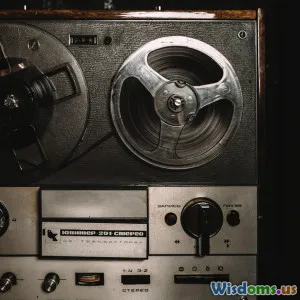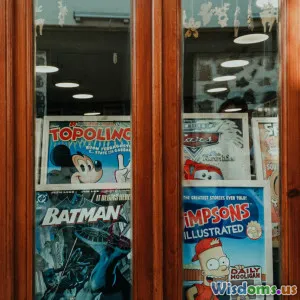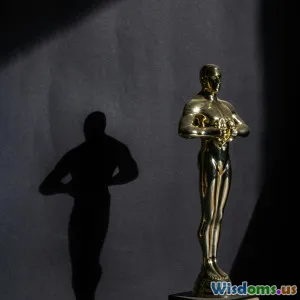
Plan 9 From Outer Space and the Beauty of Camp
15 min read Explore the enduring legacy of Plan 9 From Outer Space and how camp aesthetics transform cinematic 'failures' into beloved cult classics. (0 Reviews)
Plan 9 From Outer Space and the Beauty of Camp
"Plan 9 From Outer Space" has long been both derided and celebrated for its bewildering qualities, with many hailing it as the epitome of so-bad-it’s-good cinema. Directed by Ed Wood in 1959, this notorious sci-fi oddity has survived decades of mockery to become a cultural phenomenon. But to dismiss it as mere cinematic failure misses the point: Plan 9 embodies the very heart of camp—a mode where sincerity, stylized excess, and creative miscalculation conspire to form something wonderfully unforgettable.
Whether you’re an aficionado of cult classics or simply curious about the secret allure of haphazard cinema, exploring Plan 9 is a master class in understanding the beauty and purpose of camp in popular culture.
The Backstory: Ed Wood, Ambition, and Creative Chaos

To appreciate Plan 9 From Outer Space, you first need to understand its creator: Edward D. Wood, Jr. Ed Wood was an independent filmmaker at a time when Hollywood was a well-oiled studio machine. Wood's passion for the movies was matched only by his disregard for conventional filmmaking limits. Budgetary restrictions? Tight schedules? Unorthodox casting choices? None could deter his drive.
Plan 9 was shot on a shoestring budget—estimates run as low as $60,000. It featured a mishmash of actors, including former star Bela Lugosi, who tragically passed away during early production, resulting in draped-in-a-cape stand-in footage like a rushed game of charades. Seemingly random day-to-night transitions, tumbling gravestones, visibly wobbly spacecraft, and dialogue packed to the brim with earnest nonsense (“Future events such as these will affect you in the future”) all unfolded under Wood’s trusting eye.
The result? A work that is more than the sum of its technical shortcomings. With unyielding optimism, Wood embraced his limitations as creative opportunities, leading to the accidental artistry that defines Plan 9's unique camp sensibility.
Camp Defined: Beyond Kitschy Delights
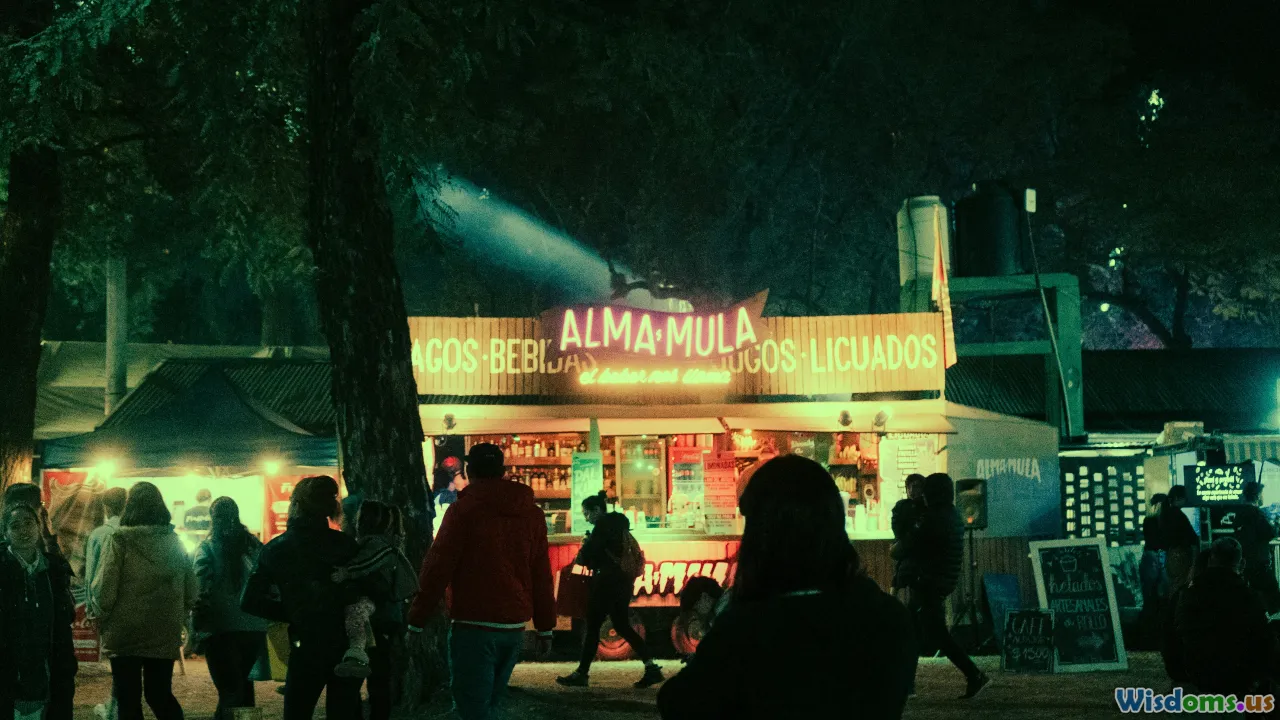
The term "camp" was popularized by Susan Sontag in her 1964 essay "Notes on 'Camp.'" Camp celebrates exaggeration, failed seriousness, and insanities of style that are often overlooked by the mainstream. According to Sontag, camp is inherently playful—it finds delight in excess, artifice, and over-the-top earnestness.
Plan 9 From Outer Space is pure camp because it is made in total seriousness but executed with such ragged, uncoordinated gusto that the final product becomes fabulously absurd. The film’s defective flying saucers—often said to be paper plates on strings—epitomize the camp attitude: their presence is fascinating and oddly charming, precisely because they fail to convince.
Camp is not just about laughing at mistakes, but about appreciating intention, creative labor, and honest self-expression, no matter how spectacularly misdirected. This approach elevates works like Plan 9 above mere objects of ridicule and into totems of loving fandom.
When Cheesy Becomes Cherished: Audience Participation and Fandom

What separates Plan 9 from forgettable flops of its era is the affection it inspires in audiences across generations. Cult film screenings of Plan 9 are often interactive events. Viewers quote lines, mock the visible boom mics, and celebrate the movie’s ineptitude as a shared experience rather than a failure to be shunned.
Cosplay—the act of dressing up as favorite characters—flourishes at Plan 9 screenings. It's common to see fans garbed as Vampira (Maila Nurmi in her iconic black attire) or the ghoulish Tor Johnson. Some conventions even feature Plan 9 look-alike contests. The film’s cult status has paved the way for parodies, documentaries (such as "Flying Saucers Over Hollywood"), and even a meta-film biography, "Ed Wood," directed by Tim Burton and starring Johnny Depp.
The emergence of internet culture has also reinforced Plan 9’s legendary status. Online communities dissect each frame with affectionate detail and create meme after meme, celebrating the film's unintentional comedy and the sublime spectacle of Wood's ambitions.
Tracing Influence: From Plan 9 to Modern Pop Culture
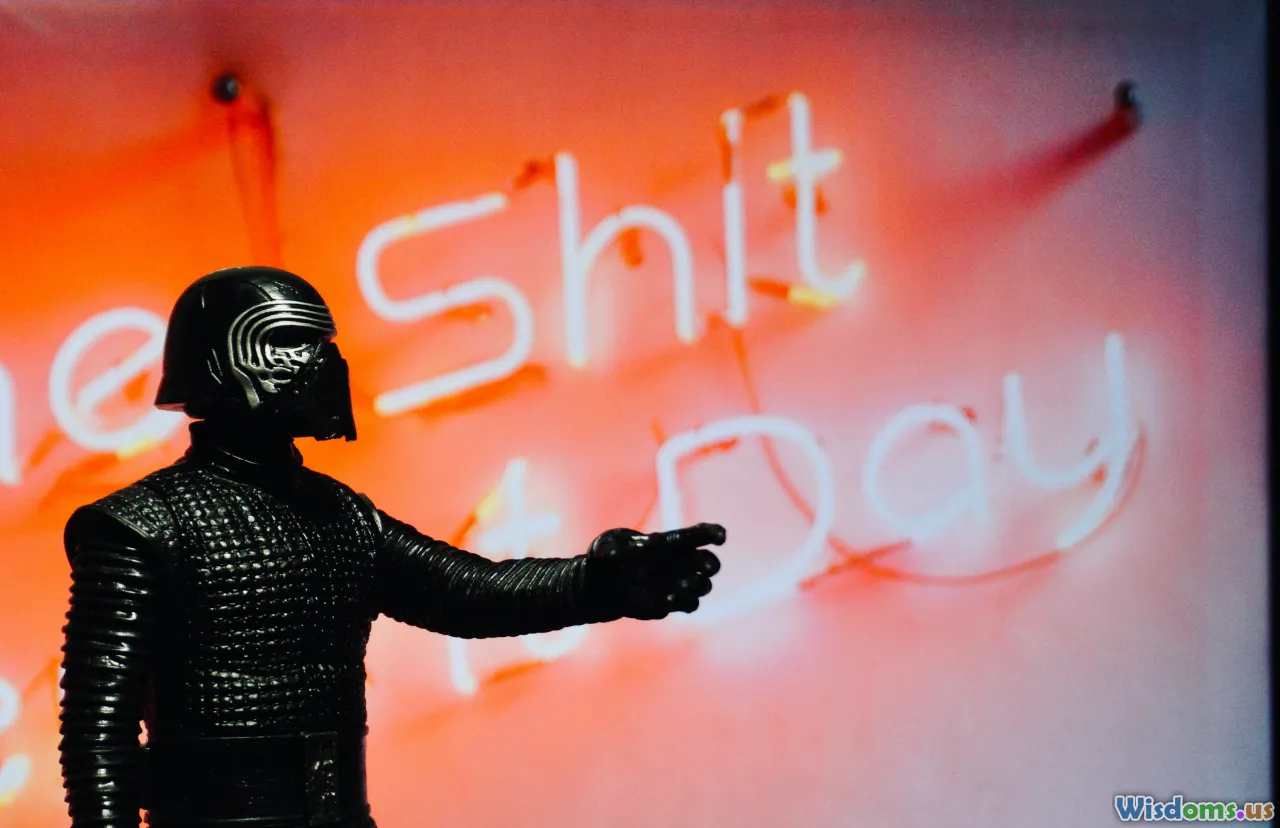
The audacity of Plan 9 resonates with many contemporary creators. Directors like Tim Burton openly cite Ed Wood as a major influence. Burton’s 1994 film, "Ed Wood," recasts the infamous filmmaker as a rebellious dreamer, championing the creative spirit over economic or aesthetic conventions. The movie won Academy Awards, further legitimizing Wood’s impact.
Sci-fi and horror fans can spot regular homages to Plan 9 in shows like "The X-Files," which once featured creature designs consciously reminiscent of 1950s kitsch. Parody variety shows and YouTube channels such as "Mystery Science Theater 3000" made careers lampooning films like Plan 9, demonstrating the enduring affection for Wood’s peculiar vision. The phrase "Plan 9" itself is now shorthand for any work that’s so earnest, awkward, and imaginative that its flaws become endearing.
Additionally, references to Plan 9 have snuck into everything from comic strips to indie video games, serving as both easter eggs and calls to a shared subcultural knowledge among fans.
Aesthetic of Sincerity: Why Authenticity Matters More Than Polish
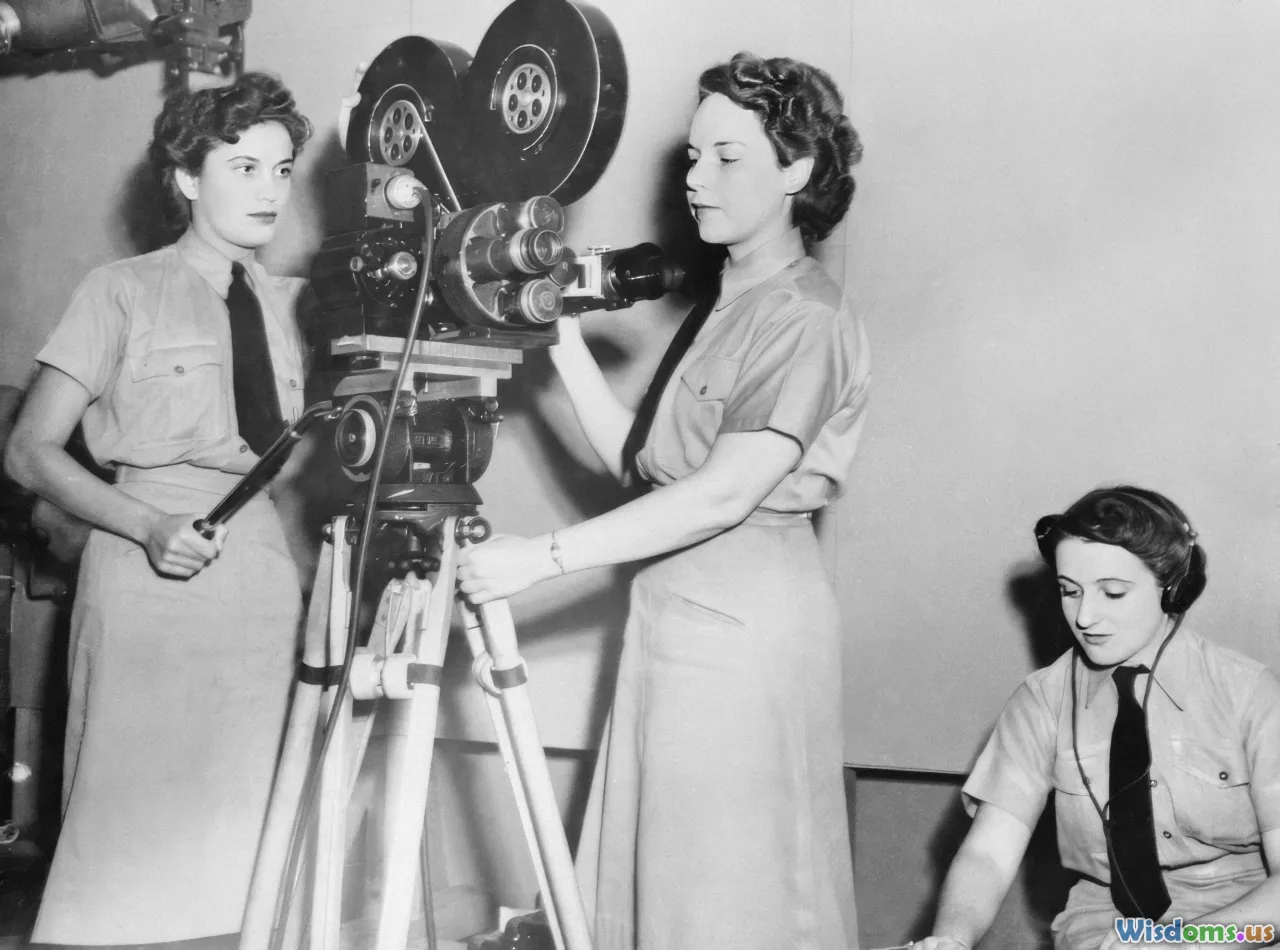
Some would argue the film owes its afterlife to irony—that viewers gather just to laugh at its gaffes and ineptitude. But this perspective is only part of the story. What makes Plan 9 enduring is that its failings are the product of palpable sincerity. No one in this movie is winking at the camera or signaling that they know the project is doomed. There’s a purity in Wood’s approach—the same type of purity found in outsider art, fan fiction, and the creative efforts of hobbyists everywhere.
Viewers sense the conviction behind every wooden line reading and every teetering set piece. In a film landscape where carefully manufactured blockbusters dominate, Plan 9 offers a counterpoint—it’s not controlled or polished, but it is vivid proof that humans bend film to their own dreams, no matter their limitations.
In fact, many directors worth their salt have studied Plan 9 to extract two crucial lessons: that creative vision matters more than material means, and that a work’s honesty can resonate with viewers even if everything else goes wrong. It’s a reminder that technical mastery is only one ingredient of storytelling magic.
The Camp Aesthetic in Contemporary Cinema: Lessons from Ed Wood
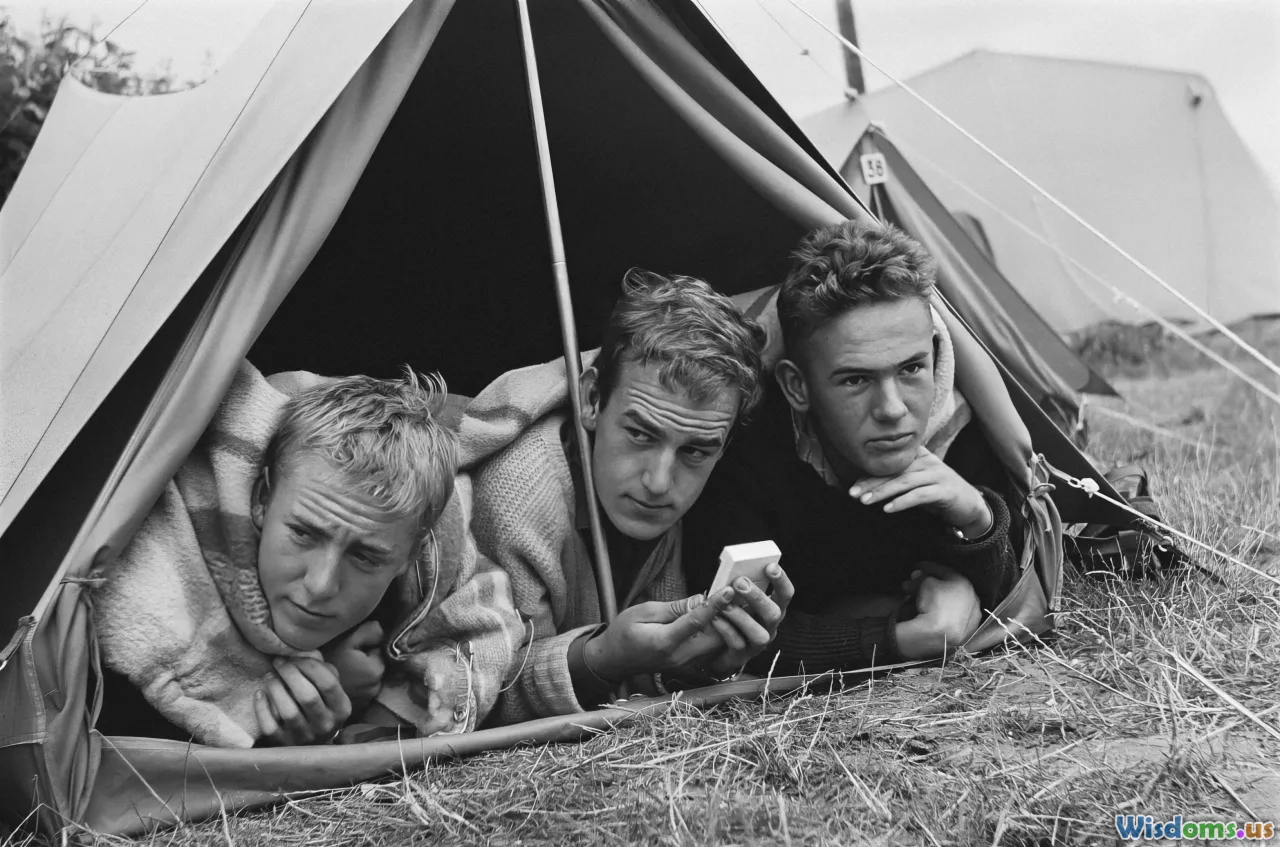
Camp’s impact is felt far beyond 1950s sci-fi. Recent years have seen a revival of camp-infused sensibilities in prestige cinema and television. Think of the vivid excess in "Rocky Horror Picture Show," the postmodern self-awareness of "Drag Race" and "RuPaul’s Drag Race," or indie darlings like "The Greasy Strangler" and "Velvet Goldmine."
Many of today’s most daring creators wield camp intentionally. John Waters, the "Pope of Trash," has built a career on excessive, tasteless, and hilarious works that expertly navigate the line between trashy spectacle and social commentary. Gregg Araki, Pedro Almodóvar, Baz Luhrmann, and Anna Biller all create lush, ironic, and deeply affecting films steeped in the language of excess. Plan 9 paved the way for such explorations by showing that entertainment need not look or feel standardized.
Audiences on streaming platforms also pursue camp films purposefully—"hate-watching" and loving every minute of it. Camp thrives in an age where irony coexists with genuine affection. Cult films both satirize and celebrate their genres, forging communities bonded by shared recognition of beauty in the odd, the offbeat, and the outrageous.
The Timeless Appeal of Laughing With, Not At

Camp is not about cruelty; it is about affection for the underdog. The best screenings of Plan 9 happen with friends and laughter—not from mean-spirited mockery but from enjoyment in the collective weirdness of failed ambition. The same can be said for midnight screenings of "Rocky Horror," or annual gatherings for "Showgirls." These are communal acts of love toward their chosen cult relics.
This ethic teaches an important, often overlooked lesson to contemporary creators and critics: taste is fluid, shaped by cultural context, and there is more value in shared delight than aesthetic scolding. Recognizing camp lets us celebrate homemade costumes, botched sets, and risky choices—not in spite of their weirdness but because of it. In loving texts like Plan 9, we rediscover the joy of truly unfettered imagination.
Making Your Own Camp: Embracing Flaws in Art and Life

The legacy of Plan 9 is ultimately instructive. It encourages artists to start creating without waiting for the perfect script or equipment. Anyone with access to a smartphone can shoot a backyard epic; anyone daring enough can cobble together costumes from thrift stores and transform a limited garage into a lunar landscape.
Camp endures because it’s accessible. It democratizes culture: not everyone can make a $200 million spectacle, but anyone can make something sincere, excessive, and uniquely theirs. TikTok shorts, YouTube makeup tutorials, "bad" song covers—they all belong to the same extended family as Ed Wood’s work. Audiences now, as ever, are quick to reward the effort and personality that percolate through apparent missteps.
Those wanting to follow the camp tradition can ask themselves:
- Are you fully committing to your vision, regardless of skill or circumstance?
- Are you prioritizing sincerity over self-conscious irony or calculated appeal?
- Is there joy, humor, or excess in what you are making?
- Are you open to the possibility that the unconventional can, in time, become beloved?
Answer yes to all, and the result may lack polish but will overflow with heart—in the spirit of Plan 9 From Outer Space.
Ed Wood insisted, “If you want to know me, watch my movies.” He may not have realized how prophetic this would become. Today, Plan 9 From Outer Space is less a joke and more a celebration: a glowing beacon reminding us that imperfection, when coupled with sincerity, can achieve a kind of magic. Camp, then, isn’t just style; it’s an invitation to laugh, to connect, and to celebrate creative courage, no matter how crooked the journey.
Rate the Post
User Reviews
Popular Posts













